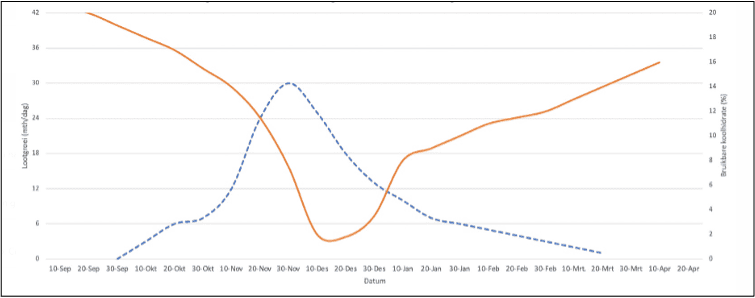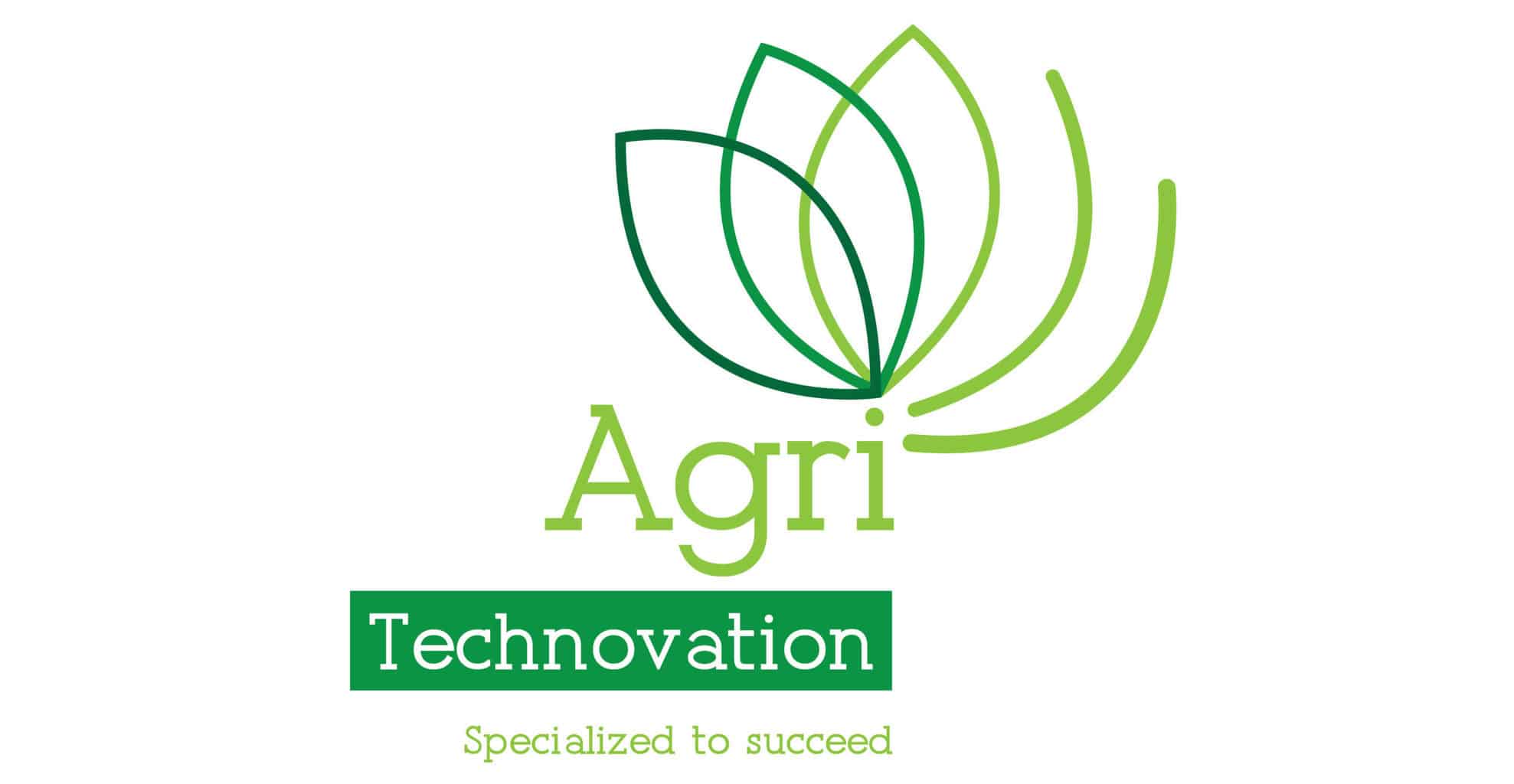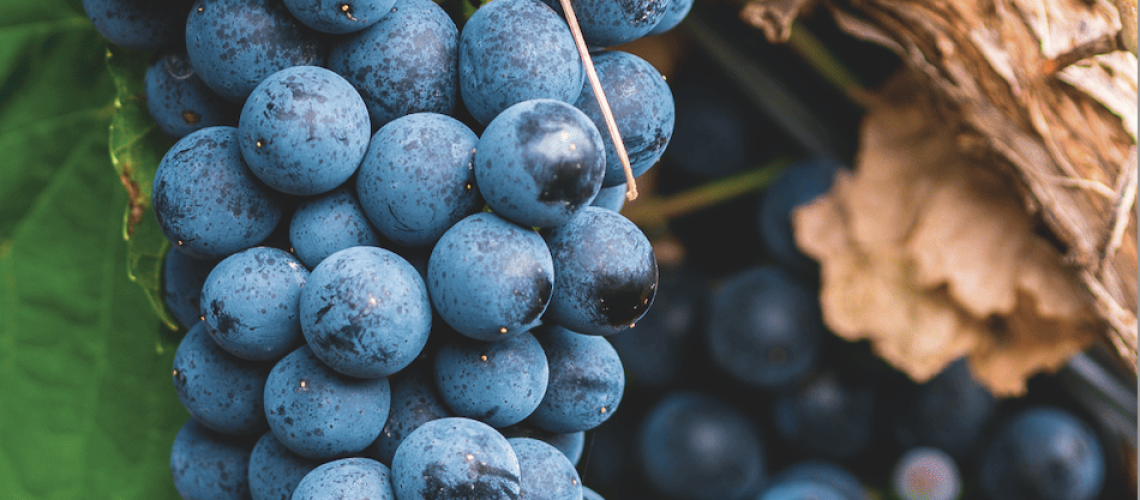Carbohydrates in wine grapes. The future?
by Dr Elmi Lötze (Head of ITEST™CARBOHYDRATES and ITEST™LEAF) and Christoff van der Westhuizen (Horticulturist)
Plant status and carbohydrates
The role of non-structural carbohydrates (sugar and starch) in plant performance is well known in literature, also in viticulture (Martínez-Lüscher and Kurtural, 2021). However, the application of this information at farm level has only recently been developed (2020). Agri Technovation has taken the lead in developing a commercial service, ITEST™CARBOHYDRATES, which enables producers to also monitor the physiological status of the plant and to respond thereto. This service is now commercially available to the wine industry.
Although the principles of carbohydrate manufacturing, transport and storage are the same for all crops, the interpretation and application of the information differs, depending on the specific crop, phenological stage, block and management deadlines. Crop expertise and a good understanding of the specific approach and logistics pertaining to individual blocks and entities is therefore essential to fully integrate the carbohydrate-related information with farm practices. This allows the thriving producer to further refine and quantify manipulations for optimal plant performance.
Wine grape focus
The focus in wine grape production is not only yield, but also the quality of the berries and includes sugar accumulation (Howell, 2001). The focus on sugar accumulation, and alcohol production in particular, is what distinguishes wine grapes from other fruit crops. During the ripening of grapes, carbohydrates are converted to sugars inside the grape berry. The sugar content of the grapes has a direct effect on the potential alcohol content of the final sought-after product – the wine.
The management and manipulation of this process has come a long way with, amongst other, the terroir concept, where the soil and microclimate are already combined with the variety and rootstock for optimum quality (Jones & Davis., 2000). The myth regarding low crop loads and the application of especially water stress for flavour has once again been addressed recently (Riffle et al., 2022). Finding the balance between a larger canopy and quality is crucial. Root volume (depth) contributes significantly to the potential canopy and crop load and can be increased with management practices. Carbohydrates, along with nutrition, determine successful fruit set.
Furthermore, the leaf area: fruit mass ratio is closely related to the amount of carbohydrates that accumulate in the must (Naor et al., 2002) and determines wine quality. Moreover, berry drop just before veraison has also already been linked to a deficiency in carbohydrates (Domingos et al., 2016).
Photosynthesis must function optimally – thus healthy, exposed leaves – and photosynthate (sugar) must be transported to the specific sinks during each particular phenological stage. Furthermore, sufficient sugars must be available for the accumulation of reserves in the permanent structures such as the branches, trunks and roots. The vine is dependent on reserve carbohydrates during the winter when leaves are absent. Carbohydrates also play a role in buffering stress conditions such as drought or extreme temperatures, as well as in root health. The timely replenishment of reserve carbohydrates, while photosynthesizing leaves are still present, is therefore essential for reserve building from mid-season (Candolfi-Vasconcelos et al., 1994).
Pruning practices in winter remove shoots and branches thereby further reducing the reserve source for subsequent spring, also impacting on management practices applied thereafter. An optimal carbohydrate status in the roots contributes to the production of essential cytokinin for above-ground development during bud break. A carbohydrate analysis could therefore provide valuable information regarding the physiological status of the plant for the purpose of managing actions such as pruning, water stress and crop load. This happens in terms of the principles set out below.
The seasonal variation in the energy requirement of the plant is well illustrated in the carbohydrate graph in Figure 1. A carbohydrate analysis performed at critical action times can indicate whether sufficient sugar and starch are present for the normal development of the vine such as bud break, set and fruit growth. Low carbohydrate levels can be addressed by supplementing nutritional elements that would increase photosynthesis, increase the transport of sugar to sinks, or facilitate the conversion of starch to sugar.
Currently, specific sampling times and organs (leaf/root) are recommended for carbohydrate analyses for critical actions (Figure 2).

Figure 1: The vegetative cycle of a vine in South Africa showing shoot growth versus carbohydrate consumption and supplementation during the growing season. Adapted from Archer (1981).

Figure 2: Recommended times and tissues for carbohydrate sampling for critical actions.
Management actions to address a low carbohydrate index

At the end of winter, before bud break, root and shoot carbohydrate levels can contribute to determining pruning intensity, planning of crop load and spring fertilisation. With the correct nutritional input, the photosynthetic capacity of the vine can be increased in time to meet the carbohydrate needs of the plant throughout the respective development phases during the season. Low carbohydrate levels due to a high crop load, the presence of pests and plagues or unfavourable climatic conditions will not only affect the current crop, but also the following season’s crop.
With a carbohydrate analysis the effect of these factors can be quantified and managed. These carbohydrate analyses are performed at the Agri Technovation laboratory in Wellington, South Africa and can be arranged by your nearest Lowveld Agrochem- or Agri Technovation contact person.
References:
- Archer, E. 1981. Fisiologie van die Wingerdstok. Wingerdbou in Suid Afrika. VORI, Private Bag X 5026.
- Candolfi-Vasconcelos et al. 1994. Retranslocation of carbon reserves from the woody storage tissues into the fruit as a response to defoliation stress during the ripening period in Vitis vinifera L. Planta 192, 567–573.
- Domingos et al. 2016. Shared and divergent pathways for flower abscission are triggered by gibberellic acid and carbon starvation in seedless Vitis vinifera L. BMC Plant Biol. 16:38.
- Howell, G. S. 2001. Sustainable grape productivity and the growth-yield relationship: A review. Am J Enol Vitic 52.3: 165-174.
- Martínez-Lüscher and Kurtural. 2021. Same season and carry-over effects of source-sink adjustments on grapevine yields and non-structural carbohydrates. Front Plant Sci 12:695319.
- Naor et al. 2002. Shoot and cluster thinning influence vegetative growth, fruit yield, and wine quality of ‘Sauvignon blanc’ grapevines. J Am Soc Hortic Sci 127, 628–634.
- Jones et al. 2000. Climate influences on grapevine phenology, grape composition, and wine production and quality for Bordeaux, France. Am J Enol Vitic 3: 249-261.
- Riffle et al. 2022. Vine age affects vine performance, grape and wine chemical and sensory composition of cv. Zinfandel from California. Am J Enol Vitic 73:4.

